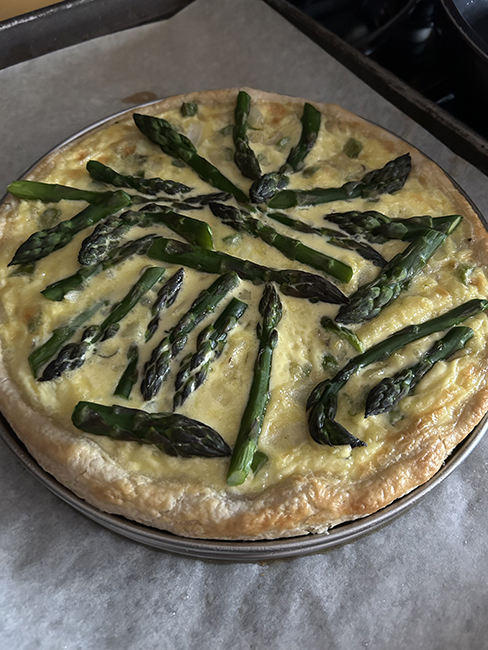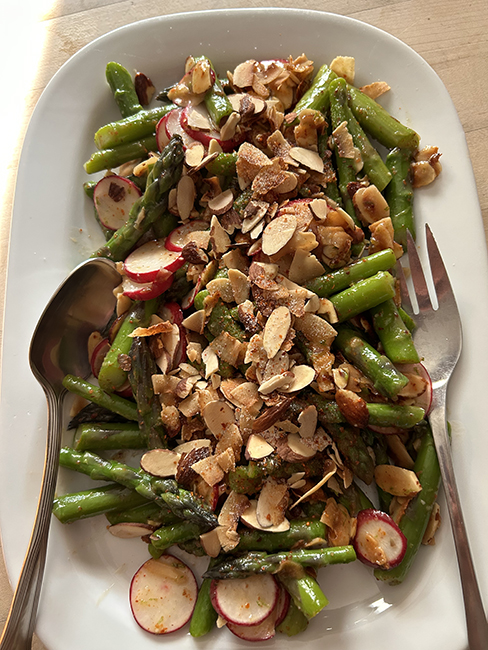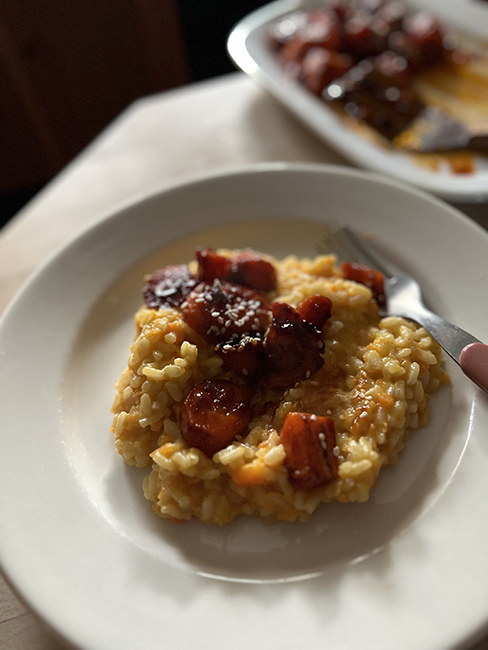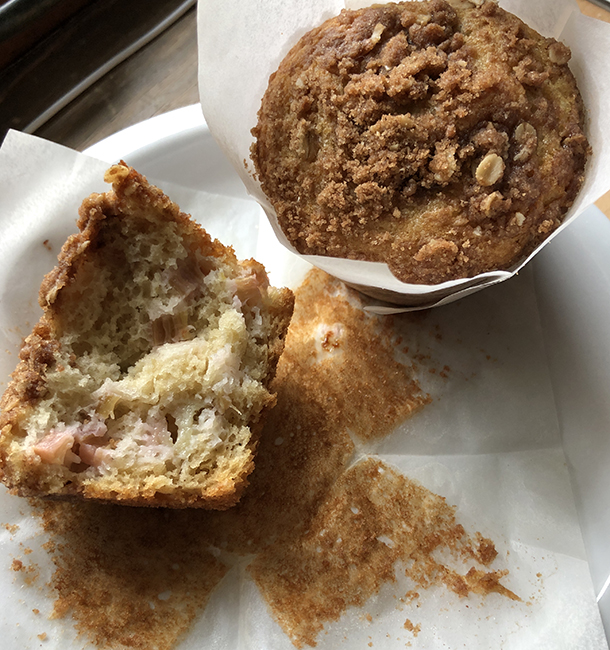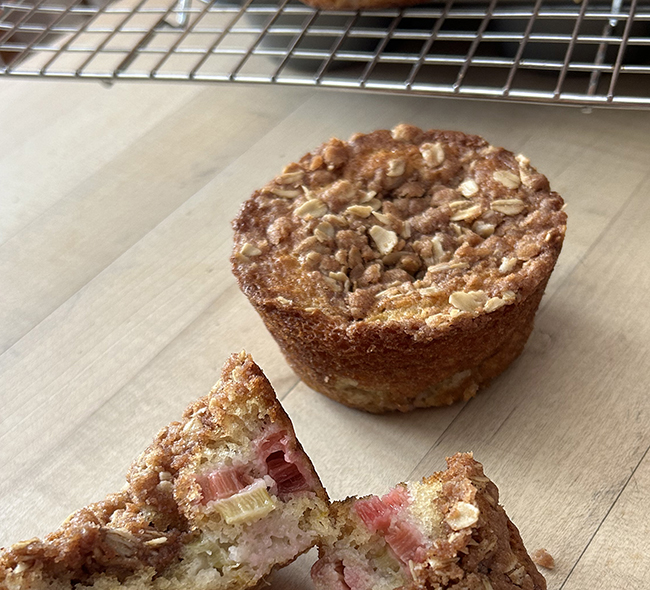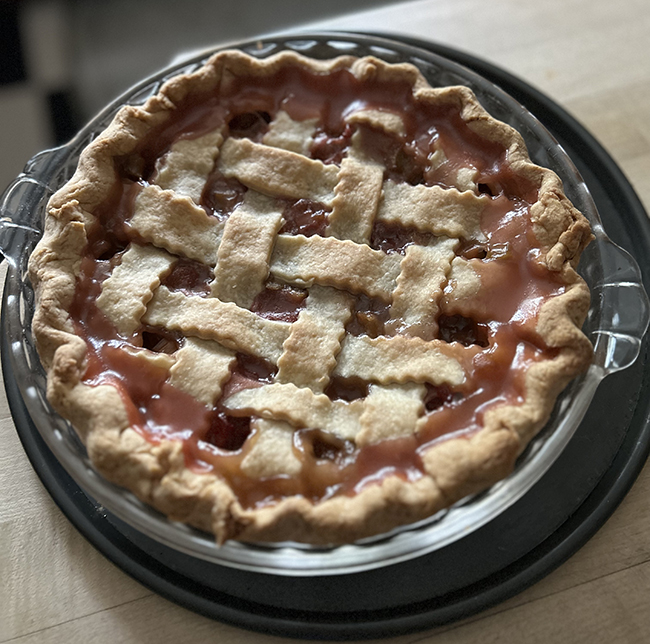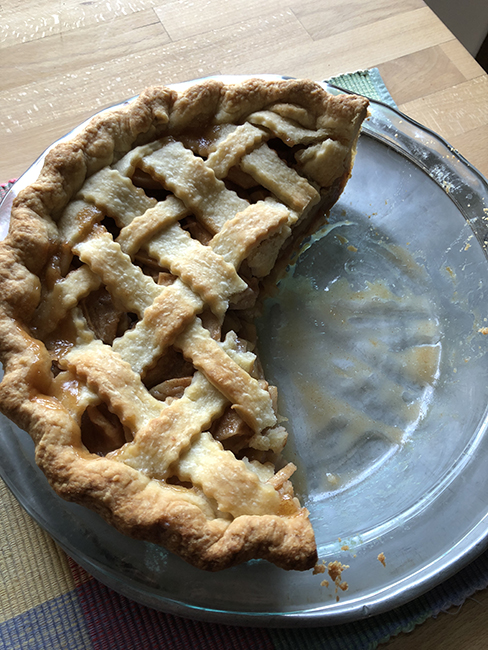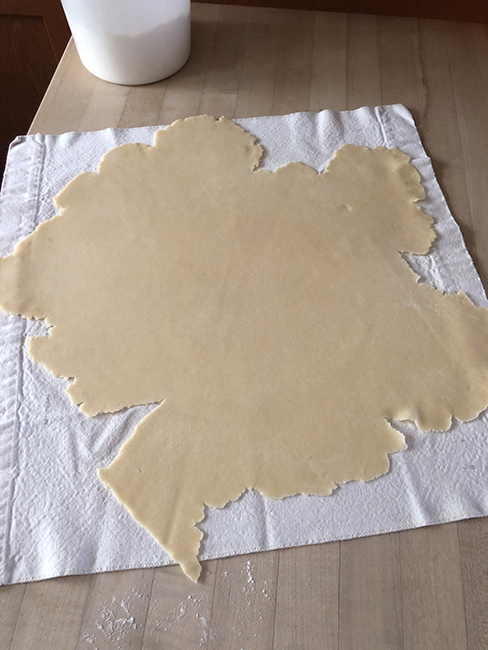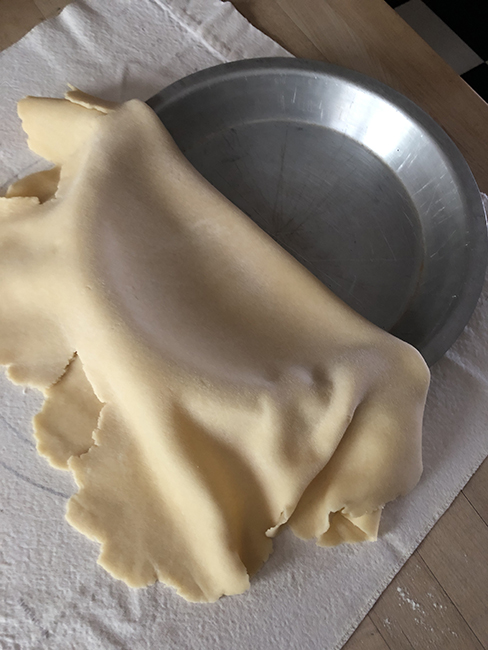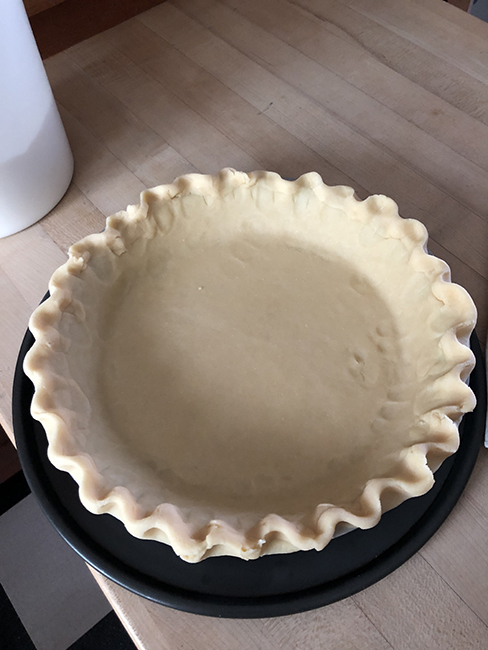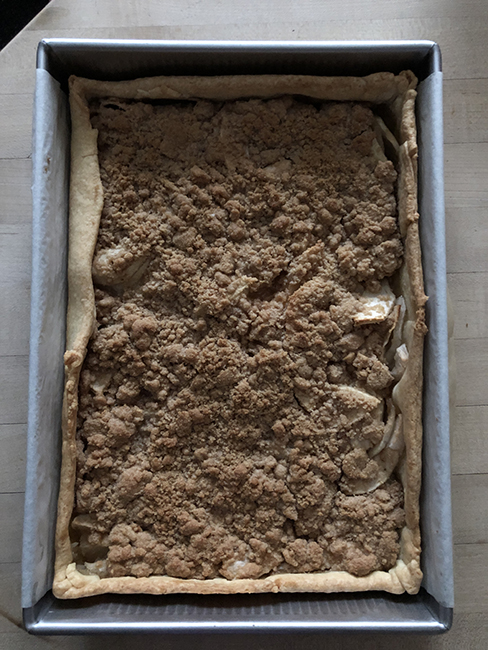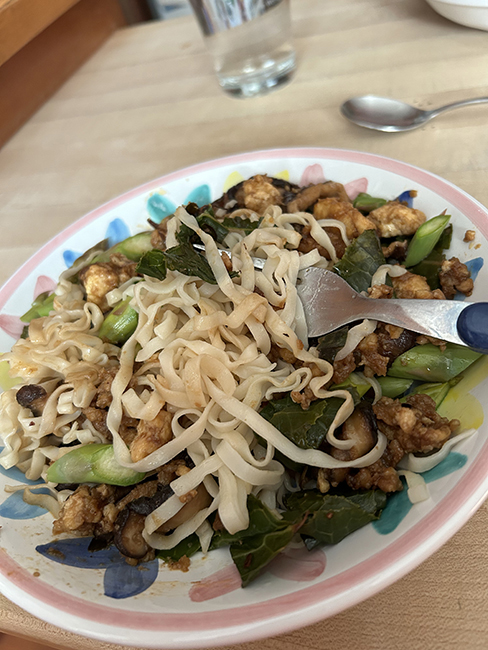
Takes about 45 minutes
Serves 4
This dish is a vegetarian version of Szechuan Dan Dan noodles that are usually made with ground pork. It is probably the only tofu preparation all members of my family will eat! The traditional topping is quick pickled cucumbers; thinly sliced cucumber marinated briefly in rice vinegar and salt and maybe a pinch of sugar. For this time of the year, try Love and Lemons pickled asparagus, thinly sliced, scattered on top of your bowlfuls of noodles.
Sauce:
1/4 cup soy sauce
1 tablespoon brown sugar
1 tablespoon tahini or peanut butter
1 tablespoon roasted sesame oil
2 teaspoons rice or balsamic vinegar
1 tablespoon chili crisp
i inch piece of fresh ginger, grated or finely chopped
Tofu:
1 14 oz. block of firm tofu
2 tablespoons cornstarch
a few pinches of kosher salt, or a teaspoon of fine salt
2 tablespoons vegetable oil
Noodles and greens:
One bunch komatsuna greens or bok choy, rinsed, stems and leaves sliced separately
1 tablespoon vegetable oil
2-3 cloves of garlic, minced or put through a press
1 tablespoon soy sauce
salt
8-9 ounces ramen noodles or vermicelli
2 teaspoons to 1 tablespoon roasted sesame oil
Dish:
1 tablespoon vegetable oil
8 oz. shiitake mushrooms, stems pulled off and sliced
2 cloves garlic, minced or put through a press
Optional toppings:
Pickled asparagus,thinly sliced on the diagonal
3-4 scallions, thinly sliced on the diagonal
a handful of fresh cilantro leaves and some of the tender stems
- To make the sauce, combine the soy sauce, brown sugar, tahini, sesame oil, vinegar, chili crisp, and fresh ginger in a small bowl or spouted glass measuring cup.
- To prepare the tofu, remove it from the box and squeeze it with your hands over the sink to extract as much liquid as possible. Don’t worry if the tofu breaks apart – it’s going to get crumbled up anyway. Wrap it in a clean kitchen towel or paper towel and set aside for 10 minutes to continue draining.
- After it has drained, crumble the tofu into a large bowl. Sprinkle the cornstarch and salt over it, and toss with your hands until well coated.
- Heat 2 tablespoons vegetable oil in a non-stick skillet that will hold the tofu in one layer. Add the crumbled tofu and fry until golden brown on one side, then turn and continue until it’s all golden brown, about 5 minutes per side.
- Transfer the tofu back into the bowl, and wipe out the skillet.
- Heat 3-4 quarts of water in a large pot, salt it, and then cook the ramen noodles according to package directions – usually about 3 minutes. Drain and set aside.
- Heat 1 tablespoon olive oil in another skillet, and add the greens stems. Fry for a few minutes over high heat, then add the leaves, garlic, soy sauce, and salt to taste. Stir until the greens are wilted and tender. Add the drained noodles, drizzle with the sesame oil (use the larger amount if you cooked the larger amount of noodles) and toss, then cover to keep warm while you finish the tofu sauce.
- Heat 1 tablespoon vegetable oil in the wiped out skillet and add the mushrooms. Cook, stirring, until they start to soften, then add the garlic. Cook a few more minutes until the garlic is fragrant, then add the tofu and toss all together. Finally give the sauce a good stir and pour in, mix and cook 5-10 more minutes until bubbling.
- Spoon the tofu mixture over the noodles and greens in bowls, garnish with your choice of toppings, and serve.
